The Whispering Sky: Unveiling the Local Stories Behind Every Forecast
Discover the hidden narratives within your local weather. Learn to read the sky, understand atmospheric nuances, and connect deeply with the daily dance above you.
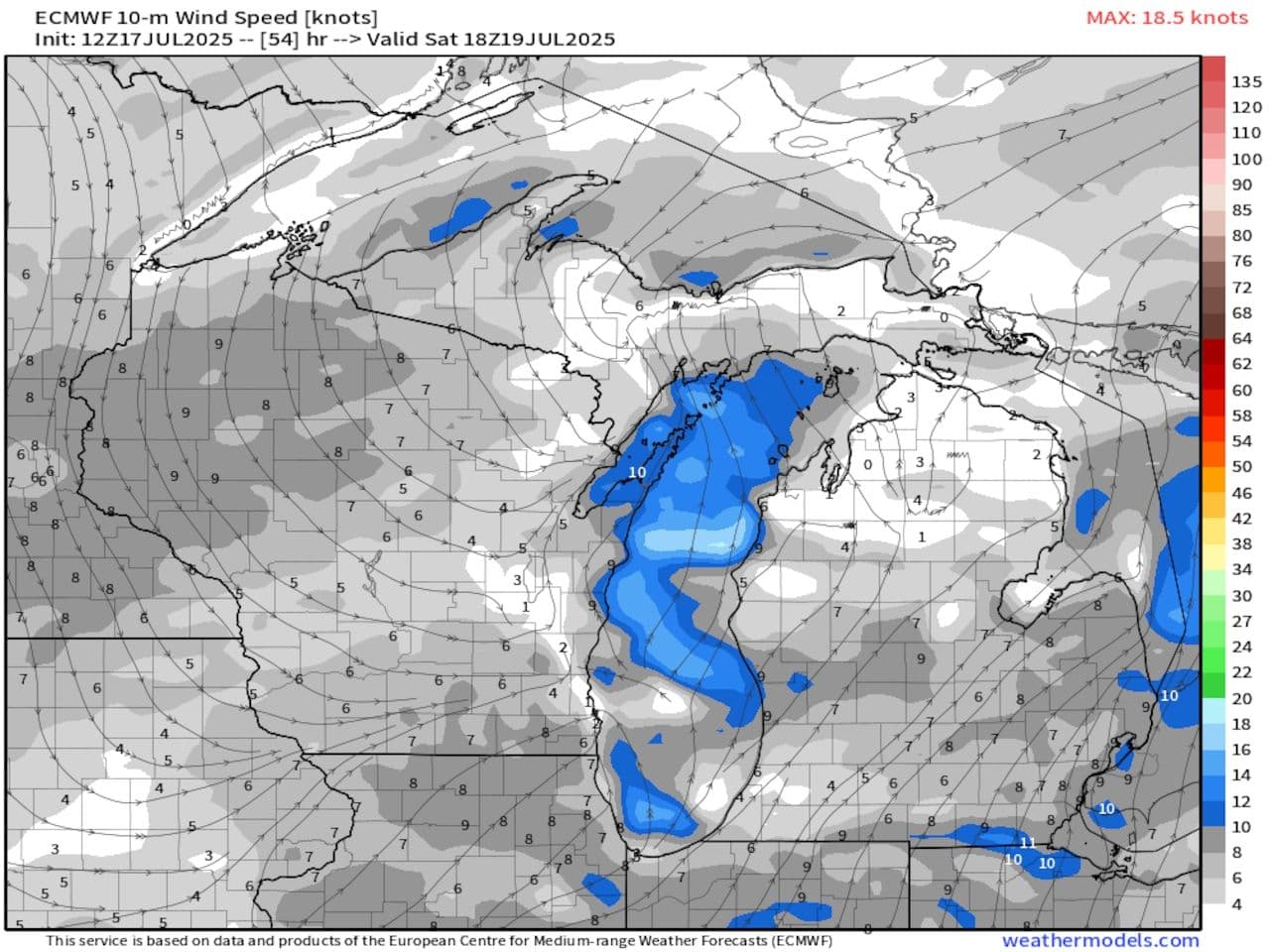
Beyond the Numbers: Reading Your Local Sky
The daily weather forecast, often reduced to a simple temperature and precipitation icon, holds a wealth of information for those willing to look deeper. Beyond the numbers, understanding the nuances of your local sky can profoundly enhance your daily experience. For instance, a forecast mentioning a 'marine layer' isn't just jargon; it signals cool, moist air near the coast, often bringing fog or low clouds that burn off later in the day. Inland areas might experience a 'ridge of high pressure,' meaning clear skies and warmer temperatures. Observing the wind direction – a gentle sea breeze versus a dry, warm Santa Ana wind – provides critical clues about the air mass influencing your area. Even the type of clouds, from wispy cirrus indicating fair weather to towering cumulonimbus hinting at storms, tells a story. Learning to read these atmospheric cues transforms a passive glance at an app into an active engagement with the environment, allowing for more informed decisions about everything from your wardrobe to your outdoor activities. This deeper appreciation makes the weather a dynamic, living part of your world.
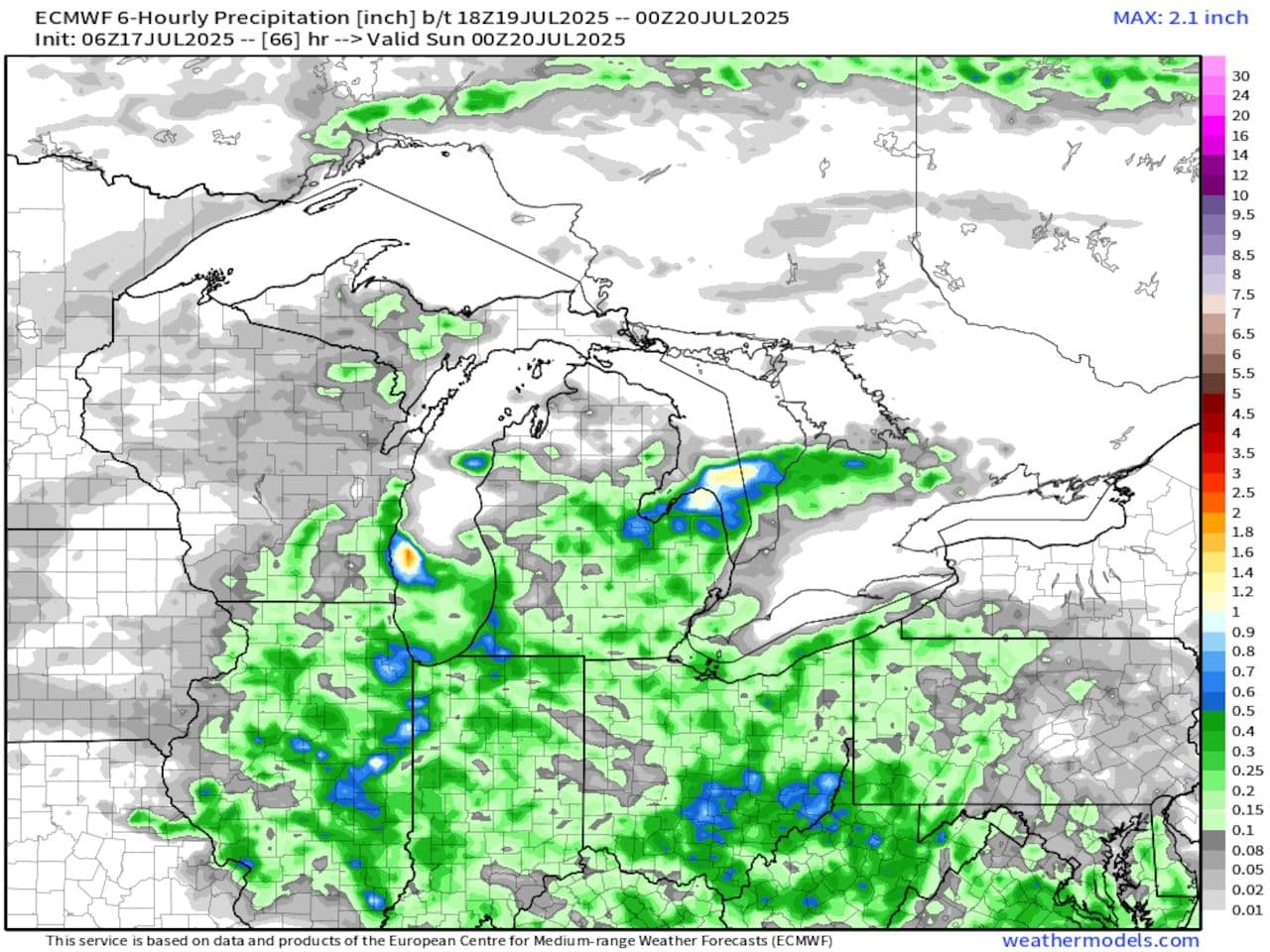
The Atmospheric Ballet: Why Every Gust and Drop Matters
Every element of a weather report is a piece of an intricate atmospheric puzzle, from the subtle shift in pressure to the dew point. Consider the impact of a 'trough of low pressure' moving through: it can usher in instability, leading to increased cloudiness, showers, and even thunderstorms, contrasting sharply with the stable, clear conditions brought by high pressure. Humidity, often overlooked, dictates how a given temperature feels; a 75-degree day with high humidity feels far muggier than a dry 85-degree day. The mention of 'frontal boundaries' indicates clashes between different air masses, which are primary drivers of significant weather changes. For example, a cold front might bring a dramatic drop in temperature and strong winds, while a warm front often leads to gentler, more prolonged precipitation. Understanding these dynamic interactions allows you to anticipate not just what the weather will be, but why it will be that way, providing a richer context for daily conditions and preparing you for more significant shifts. This deep dive into atmospheric mechanics reveals the true complexity and beauty of our planet's climate systems.
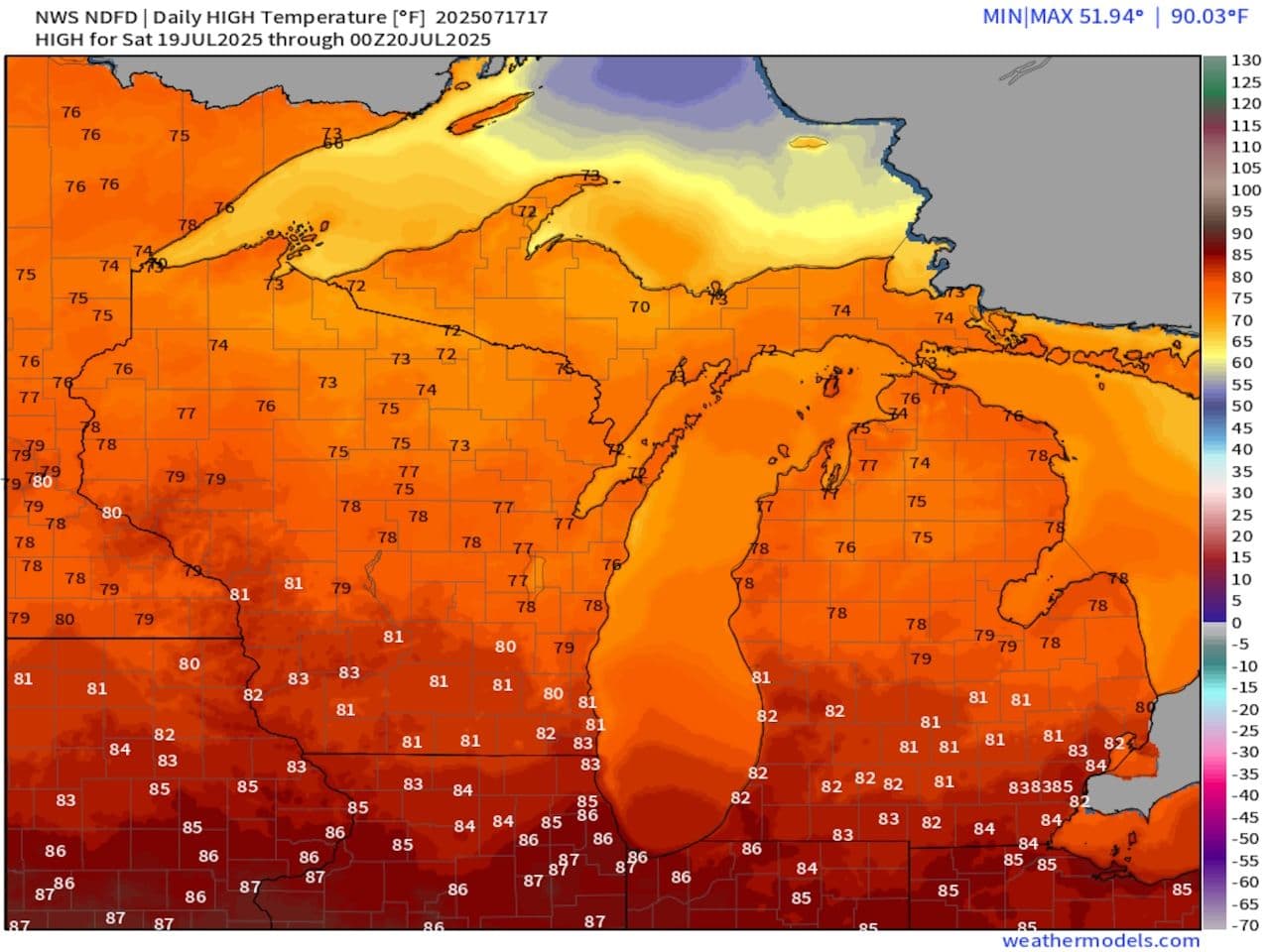
Navigating the Unpredictable: Planning with Nature's Cues
Leveraging a deeper understanding of weather patterns empowers you to plan your days with greater foresight and adaptability. Instead of merely reacting to what the sky presents, you can proactively prepare. If the forecast indicates a 'building high pressure system,' you can confidently schedule outdoor events, knowing stable, pleasant conditions are likely for several days. Conversely, a prediction of 'increasing moisture and instability' might prompt you to reschedule that hike or secure outdoor furniture, anticipating potential rain or wind. Recognizing the signs of a developing 'heat dome' means hydrating more diligently and planning indoor activities during peak afternoon hours. For those living in areas prone to specific phenomena, like 'monsoon moisture' or 'lake-effect snow,' understanding these regional patterns allows for essential preparations. This informed approach moves beyond simple daily predictions, enabling you to interpret broader trends and make strategic decisions. It transforms weather from an abstract concept into a practical tool for daily life, fostering a more harmonious relationship with your natural surroundings.

The Forecaster's Canvas: Art and Science of Prediction
The process of creating a weather forecast is a fascinating blend of scientific rigor and nuanced interpretation, a testament to the expertise of meteorologists. It's far more than just running computer models; it involves synthesizing vast amounts of data from satellites, radar, weather balloons, and ground stations. Meteorologists analyze complex atmospheric dynamics, identify subtle trends, and apply their deep understanding of local geography to refine predictions. For instance, a model might predict general rainfall, but a skilled forecaster knows how a particular mountain range will enhance or block that precipitation locally. They assess probabilities, communicate uncertainties, and translate highly technical data into understandable language for the public. This human element is crucial, as no computer model is perfect, especially when dealing with localized phenomena or rapidly evolving conditions. The art lies in recognizing patterns, making informed judgments based on experience, and effectively conveying potential impacts. It's a continuous cycle of observation, analysis, and communication, aiming to provide the most accurate and actionable insights into the ever-changing tapestry of our atmosphere.
Related Articles
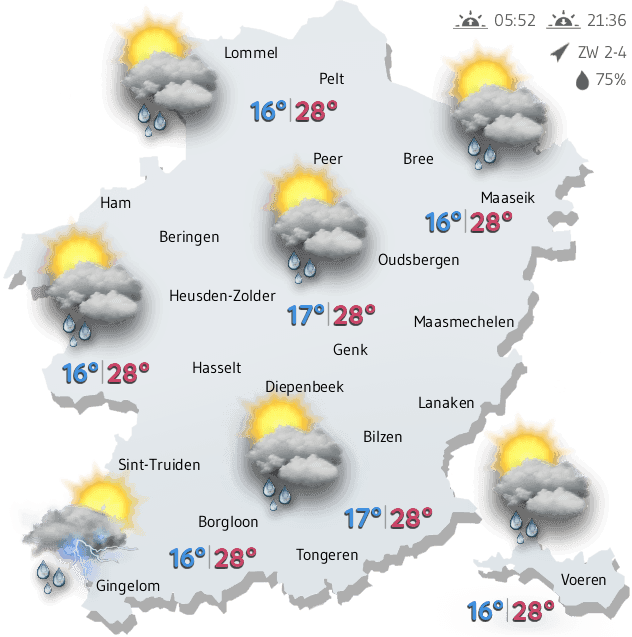
Decoding the Drizzle: Unraveling the Evolving Story of Our Skies

Decoding the Drizzle: Unraveling the Evolving Story of Our Skies

The Sky's Whisper: Navigating Life's Atmospheric Rhythms

The Sky's Whisper: Navigating Life's Atmospheric Rhythms
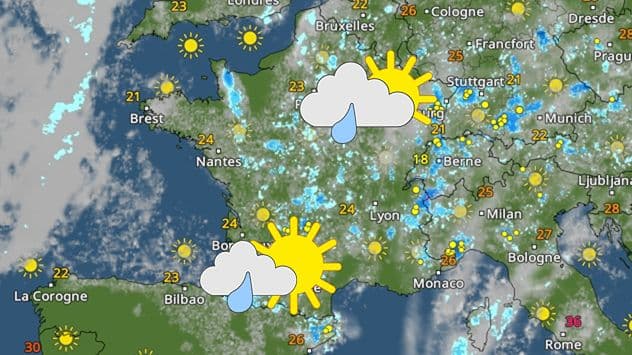
The Atmosphere's Dance: Unveiling the Secrets Behind Daily Weather

The Atmosphere's Dance: Unveiling the Secrets Behind Daily Weather

Whispers of the Atmosphere: Unmasking Weather's Hidden Drivers
